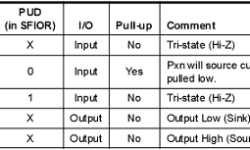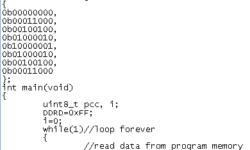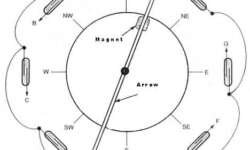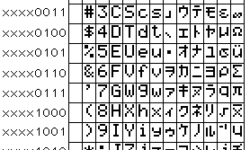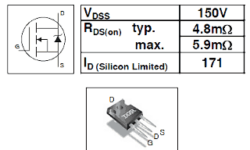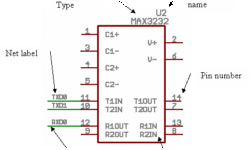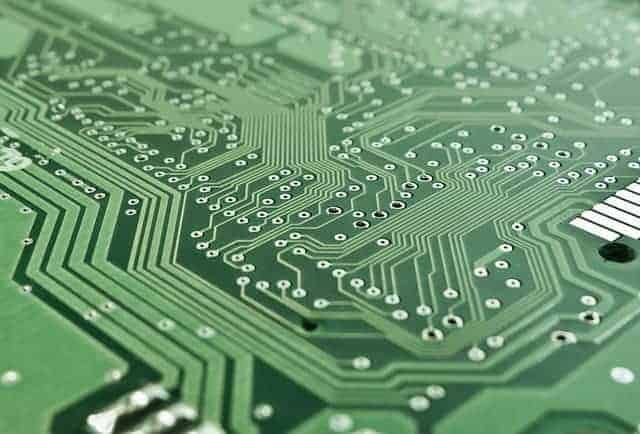Marking of AVR microcontrollers
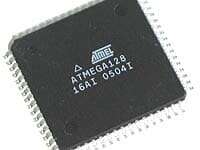
There is quite a big variety of AVR microcontrollers that ATMEL company produces. This article is about how to Extract information about the AVR microcontroller using its marking on the package. Each microcontroller has its own mark on the package: numbers and letters. The first is the microcontroller type. After follows, a suffix of three fields. The first field is one or two digits, which indicate maximal operation frequency MHz. The second field is a letter showing the package type. And the third field shows the temperature range of the working environment. There are a couple more marking letters “L” and “V” after the microcontroller type. This means that the microcontroller operates at low or very low voltages (and frequencies, of course).



